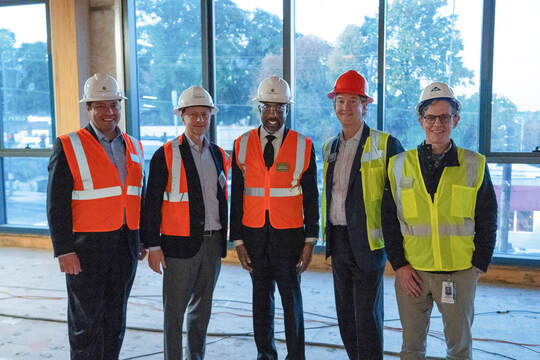Telling Forestry's Story
The Georgia Forestry Foundation, Jamestown LP and Georgia-Pacific Gather Leaders to Celebrate Georgia’s Future from Seedlings to Solutions
Winter 2024
By Olivia Parrott

|
Georgia Forestry Magazine is published by HL Strategy, an integrated marketing and communications firm focused on our nation's biggest challenges and opportunities. Learn more at hlstrategy.com
|
